HotSpots H2O, April 16: Spotlight on the Refugee Influx in Uganda
The Rundown
Uganda is home to the world’s fastest-growing refugee crisis. In 2018 alone, more than 69,000 refugees have arrived in Uganda, fleeing violence in the Democratic Republic of Congo and South Sudan. The rapid influx is putting increasing stress on the country’s water availability.
Resources in Uganda have long been overtaxed. Since 2013, the country has hosted more than a million refugees from South Sudan. Now, Uganda is scrambling to meet the needs of new asylum seekers from the Democratic Republic of Congo. The Congolese are fleeing intercommunal violence in the country’s fragile Ituri region, which lies a short boat-ride away from Uganda.
Conditions in Uganda’s major refugee settlements are bleak. Clean water is scarce in the tight-packed camps. Proper sanitation is lacking, with few latrines available to the burgeoning population. Recent Congolese arrivals have also brought cholera, which is endemic in eastern Congo. More than 2,000 cholera cases have been reported in Uganda’s Kyangwali settlement since February. Despite the grim conditions, refugees continue to arrive.
“The attackers came back at dawn. They attacked people with machetes, killing as many as they could. The only way for me to survive was to flee…” –Emmanuel, a Congolese refugee, in reference to the gruesome destruction of his village in the Ituri region. After a decade of tenuous peace, the volatile Ituri region descended into violence in early 2018. The brutal fighting is between two ethnic groups, the Hema and Lendu. The vast majority of refugees are Hema.
By The Numbers
1.4 million Estimated number of refugees in Uganda. Over 1 million are from South Sudan, and roughly 275,000 are from Democratic Republic of Congo. Uganda is home to the third-largest number of refugee in the world, surpassed only by Turkey and Pakistan.
683 Average number of Congolese refugees that arrived in Uganda each day in March. An average of 191 arrived daily from South Sudan.
80 percent Proportion of refugees in Uganda that are women and children.
23,840,407 Estimated number of people in Uganda without access to clean water close to home.
38 percent Proportion of people in Uganda who do have access to clean water close to home. Uganda is a newcomer to WaterAid’s list of top 10 countries with the lowest access to water, ranking third.
On The Radar
With the help of international aid, several humanitarian organizations are working to improve water and sanitation conditions in Uganda’s refugee camps. Uganda Red Cross is constructing a water plant in Kyangali settlement, which will provide an additional 75,000 liters of water to the camp. Three motorized water systems were recently completed in Impevi and Ariwa camps, providing safe water to 27,000 South Sudanese refugees. Aid workers are also educating refugees on proper sanitation and ways to prevent the spread of waterborne diseases.
The situations in the DRC and South Sudan remain fragile, however. The arrival of Congolese refugees has slowed for the time being, but violence in either country could flare unexpectedly, sending a new wave of asylum seekers flooding into Uganda.
Resources and Further Reading
Caught in Congo’s Tides of War (The Washington Post)
DRC: “The Only Way for Me to Survive Was to Flee” (ReliefWeb)
“If there’s no war today, there’s war tomorrow”: dreaming of peace in DRC (Thomas Reuters Foundation)
Uganda Humanitarian Situation Report (UNICEF)
Uganda Red Cross Responds to DRC Refugee influx Amidst Cholera Outbreak (ReliefWeb)
The Water Gap: The State of the World’s Water 2018 (WaterAid)
Kayla Ritter is a recent graduate of Michigan State University, where she studied International Relations and Teaching English to Speakers of Other Languages. She is currently based in Manton, Michigan. Kayla enjoys running, writing, and traveling. Contact Kayla Ritter

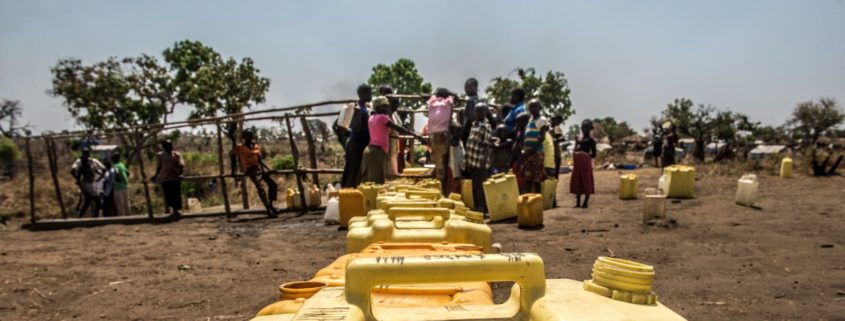

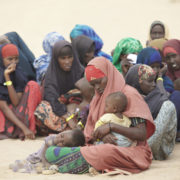
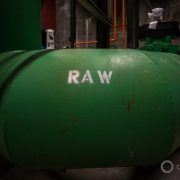
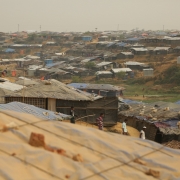
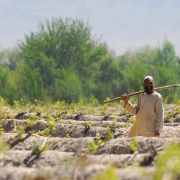
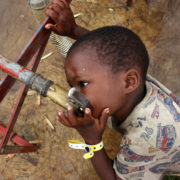
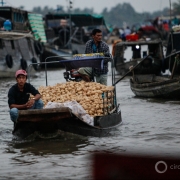

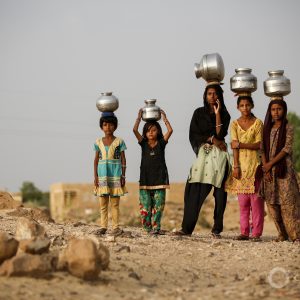

Leave a Reply
Want to join the discussion?Feel free to contribute!